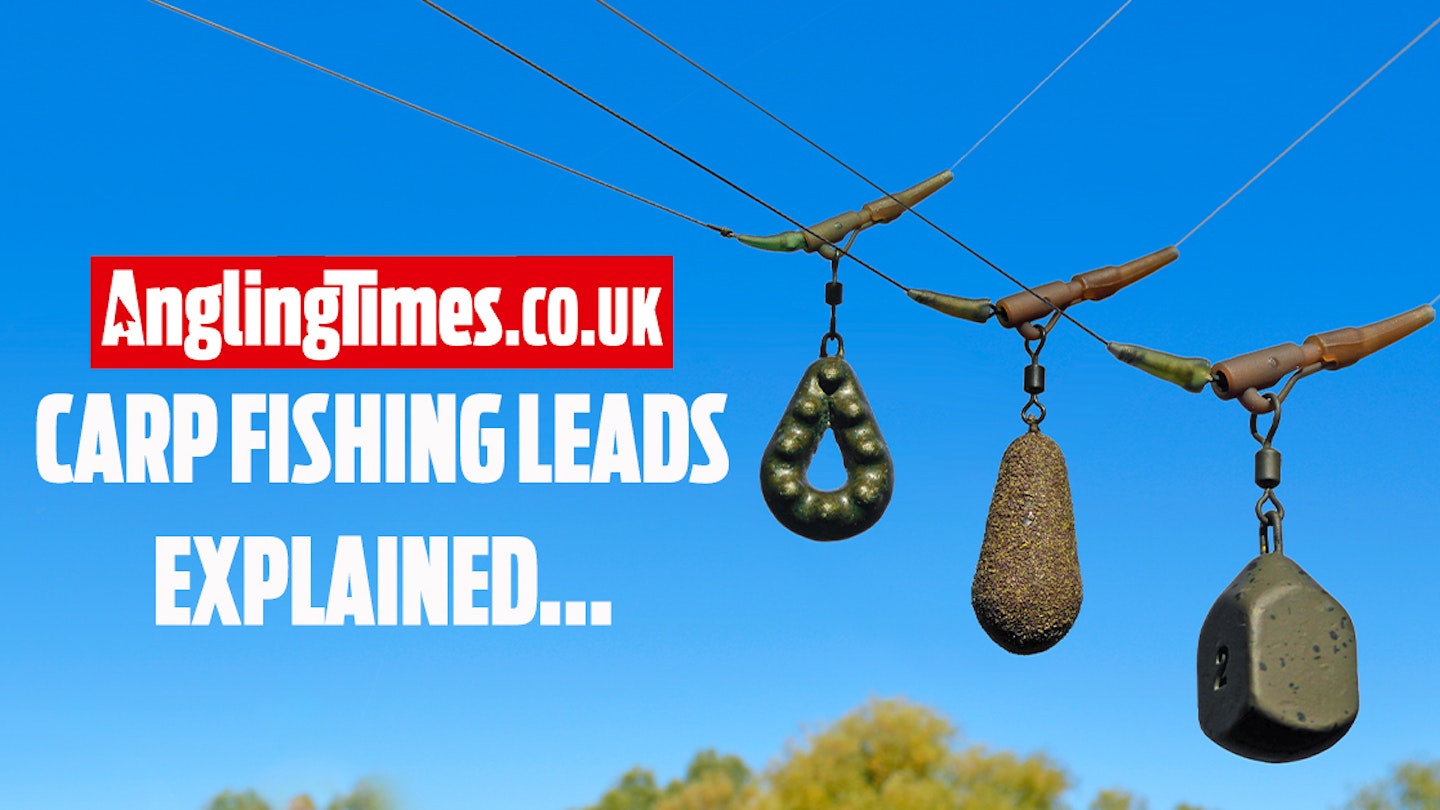Lead choice is an area of fishing that you may think is relatively straightforward. That is until you walk into a tackle shop and are greeted with a wall full of different shapes, sizes, textures and even colours.
So which ones should you choose? The answer to that question will largely depend on which fishing situation you find yourself in.
LOOKING FOR A GREAT VENUE TO GO CARP FISHING? CHECK OUT OUR GUIDE TO THE BEST RUNS WATERS.
A lead’s first job is to provide enough weight for you to cast your rig the desired distance. But certain shapes are also better for fishing over different types of lakebed or hitting long ranges. Knowing what type of substrate you’re fishing over also enables you to choose the best colour or texture of lead to blend in with the surroundings. This is especially useful when targeting pressured carp that are used to dealing with rigs.
So here are details of the main types available, and when to use each one...
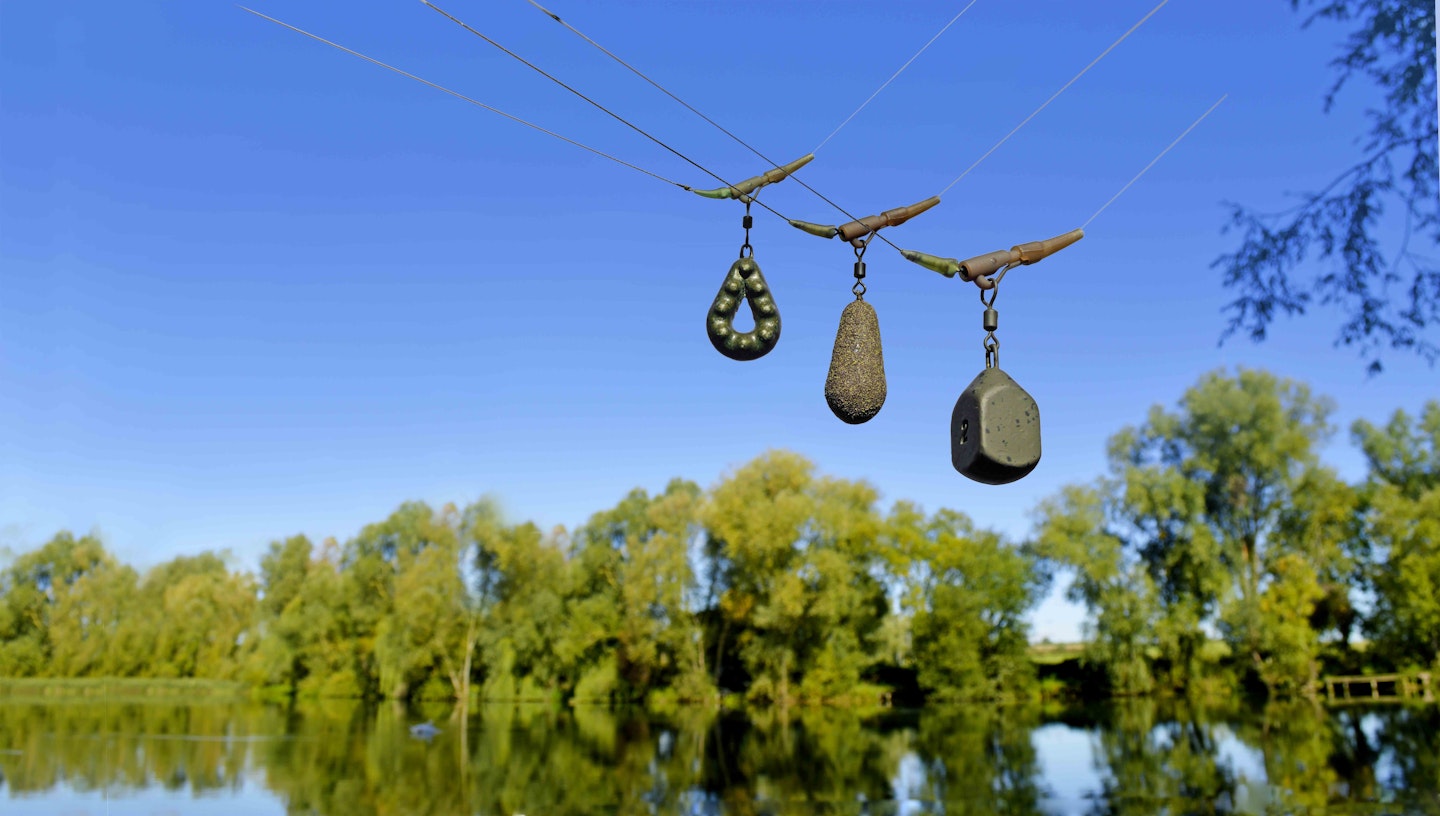
Types and shapes of leads...
Pear
A proper all-rounder, these are suited to a range of angling situations.
They are easy to cast accurately because their shape keeps them stable in flight.
Plus, the large rounded end makes it easier to feel the lead hit the bottom than with a lead with a slimmer or pointed end.
The ‘dumpy’ body also means fish will come into contact with the full weight of the lead as soon as they straighten out the hooklink, leading to more positive takes.
Casting range: Up to 80 yards
Pros: Casts accurately
Cons: Will bury in silt or weed
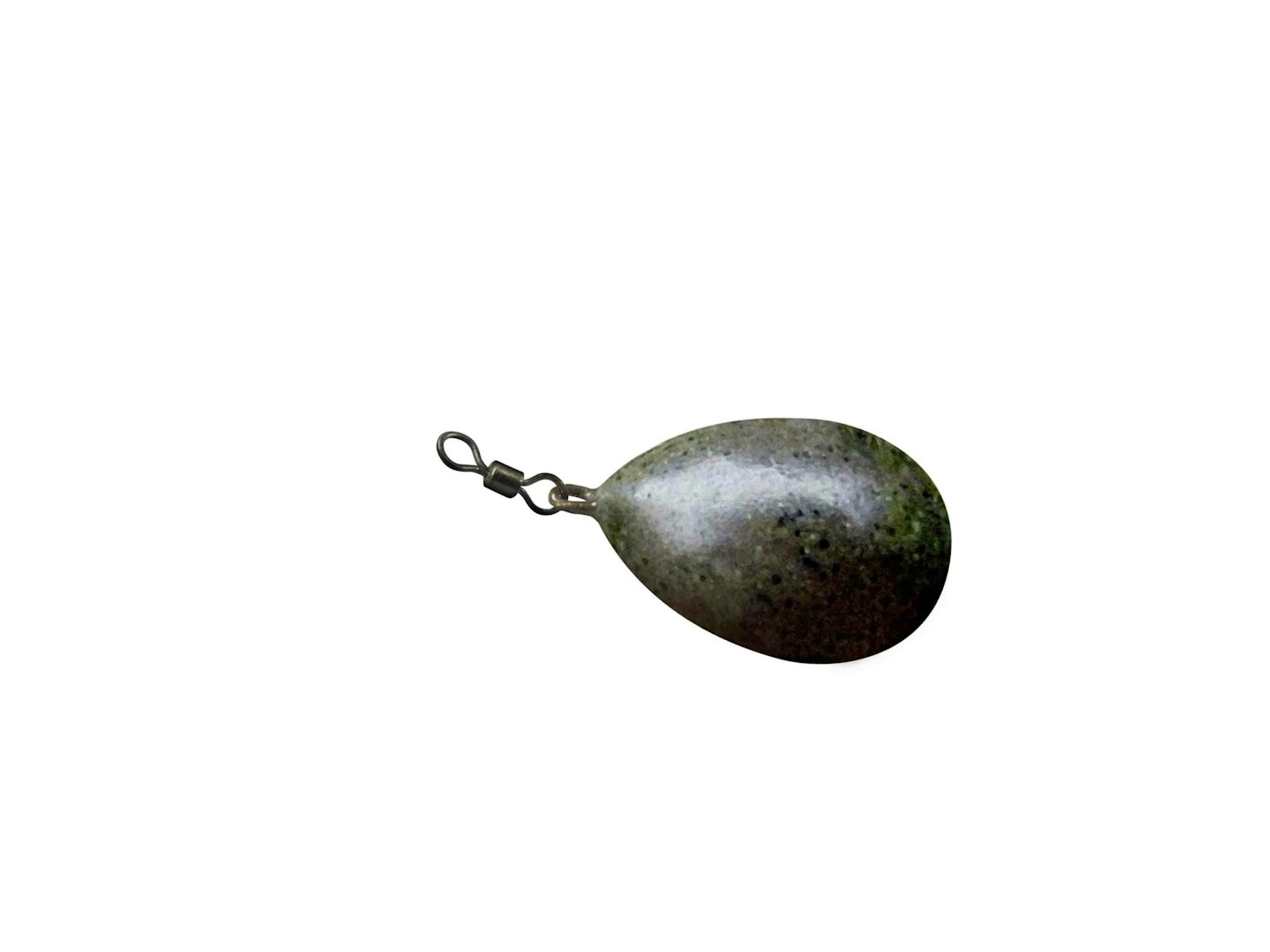
Flat pear
This flat, condensed version of the pear lead is great for fishing on sloping marginal shelves or on the sides of gravel bars because it won’t roll out of position.
Its large surface area helps it to sit quite well on top of weed or silt, especially lighter 1oz-1.5oz leads, but it is also excellent on firm lakebeds.
Like the standard pear lead, it has excellent hooking properties.
Casting range: Short to medium
Pros: Will remain in position on slopes
Cons: Can’t be cast mega distances
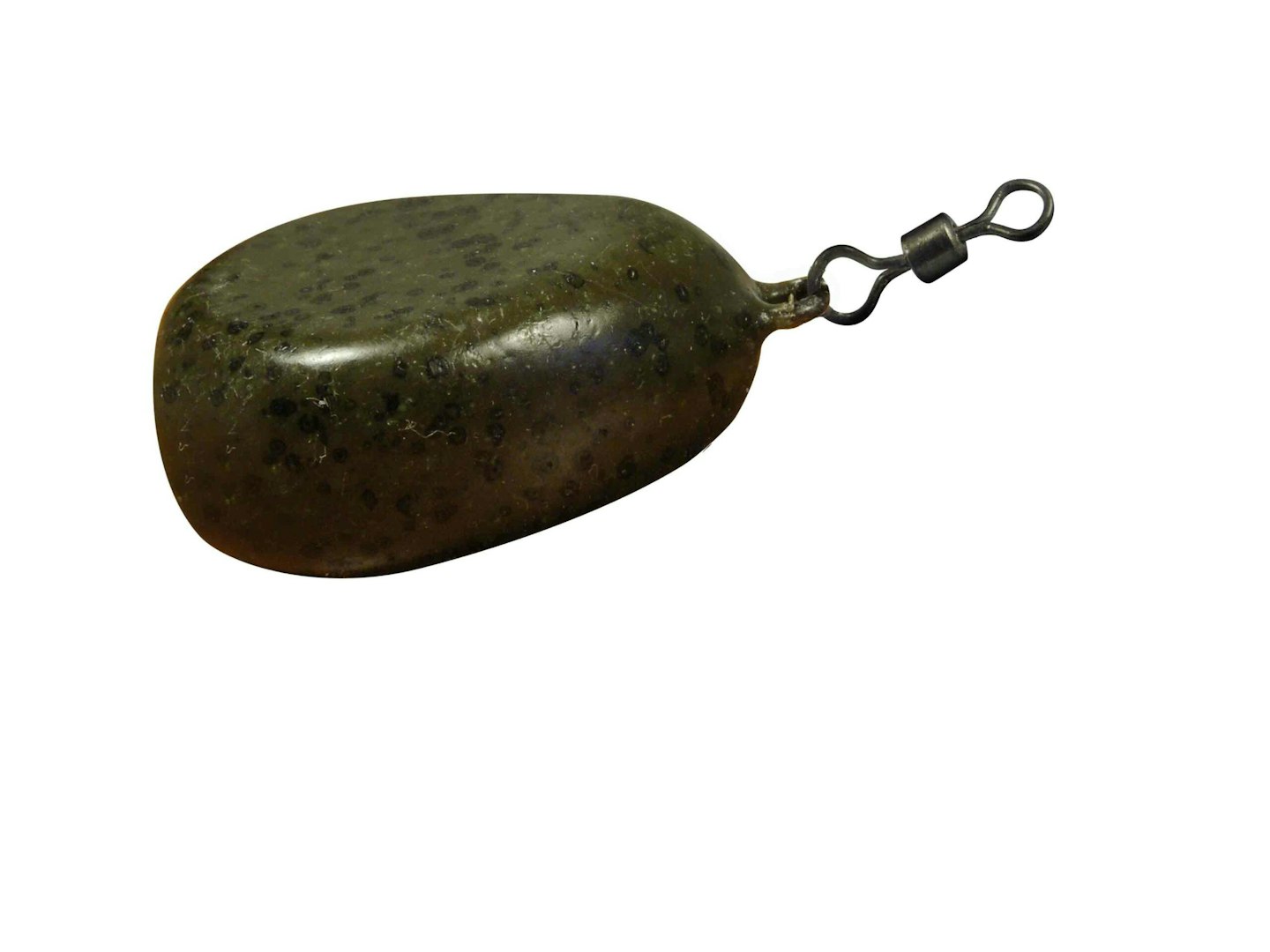
Gripper
There’s nothing subtle about these specialist leads. They are designed for fishing in extreme conditions and are very popular with carp anglers on the Continent, who fish large reservoirs. They still have a place in UK angling though, and are the best choice for fishing on steep slopes or in powerful rivers, where they will hold the rig securely in place.
Casting range: Short range
Pros: Great for tackling steep slopes and strong river currents or undertows
Cons: Not great for distance fishing

Inline
The only type to use when fishing with solid PVA bags.
As the hooklink is attached directly to the lead, as soon as a fish straightens out the hooklink, they come into contact with the lead’s full weight. A short hooklink and inline lead offers great hooking properties on firm lakebed bottoms, but avoid these leads when fishing over deep silt or weed, as the hooklink can be dragged into the debris.
Casting range: Up to 80 yards
Pros: Excellent hooking properties
Cons: Shouldn’t be used in deep silt/weed, unless inside a solid PVA bag

Distance
Sleek and streamlined, these torpedo-shaped leads are built for distance.
As such, if you need to cast over 100 yards, these are essential, as the good weight distribution makes them highly stable and accurate in flight. They lend themselves to both lead clip and helicopter presentations.
In heavier weights, they are also a good choice as a feature-finding tool.
Casting range: 100 yards-plus
Pros: Can be cast long distances
Cons: Will roll down sloping banks
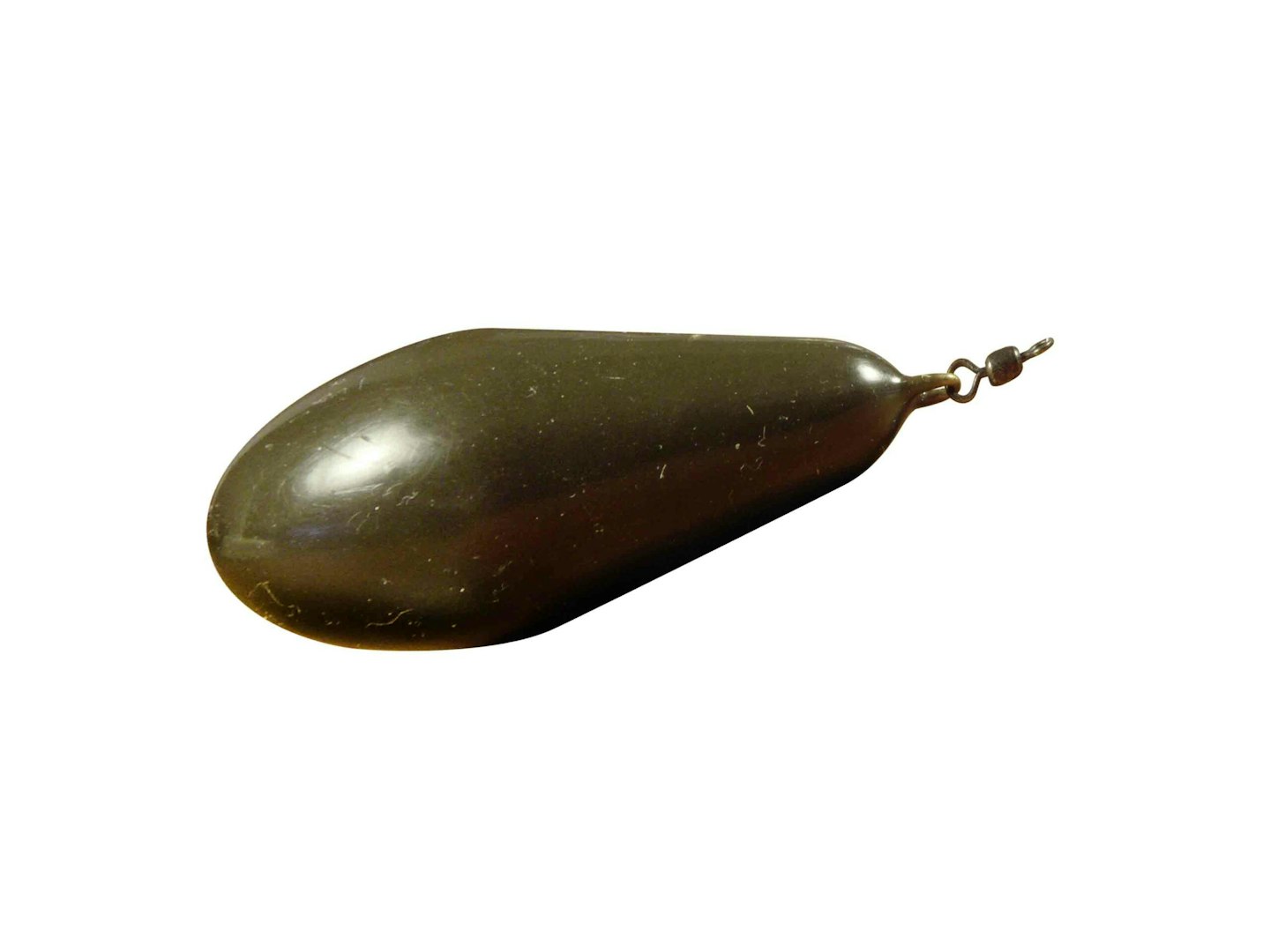
Bottle
This retro classic is basically an elongated version of the more modern square pear (above), and was widely used in the 1990s.
It is now making a bit of a comeback and offers great hooking properties, as well as being highly versatile.
Provided you aren’t looking to cast to the horizon, bottle leads can be used on safety clip presentations, helicopter set-ups or running rigs. Will hug the side of island or marginal slopes really well.
Casting range: Short to medium
Pros: Impressive bolt effect properties
Cons: Can’t be cast really long distances
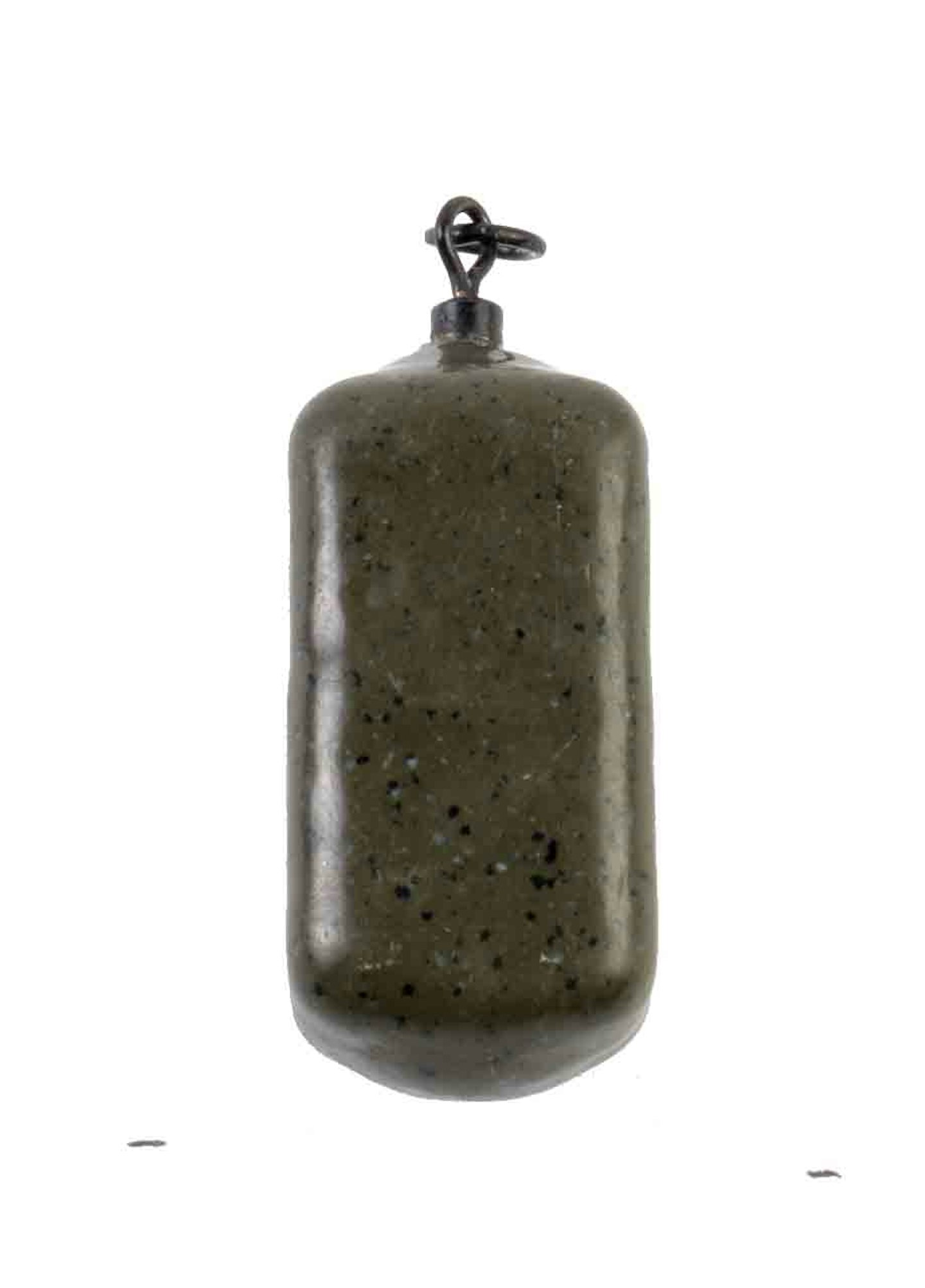
This page is a free example of the amazing content Angling Times Members get every single week. Becoming an Angling Times Member gives you access to award-winning magazine content, member rewards, our back issue archives, bonus content and more! Join our fishing community and find out more today!
